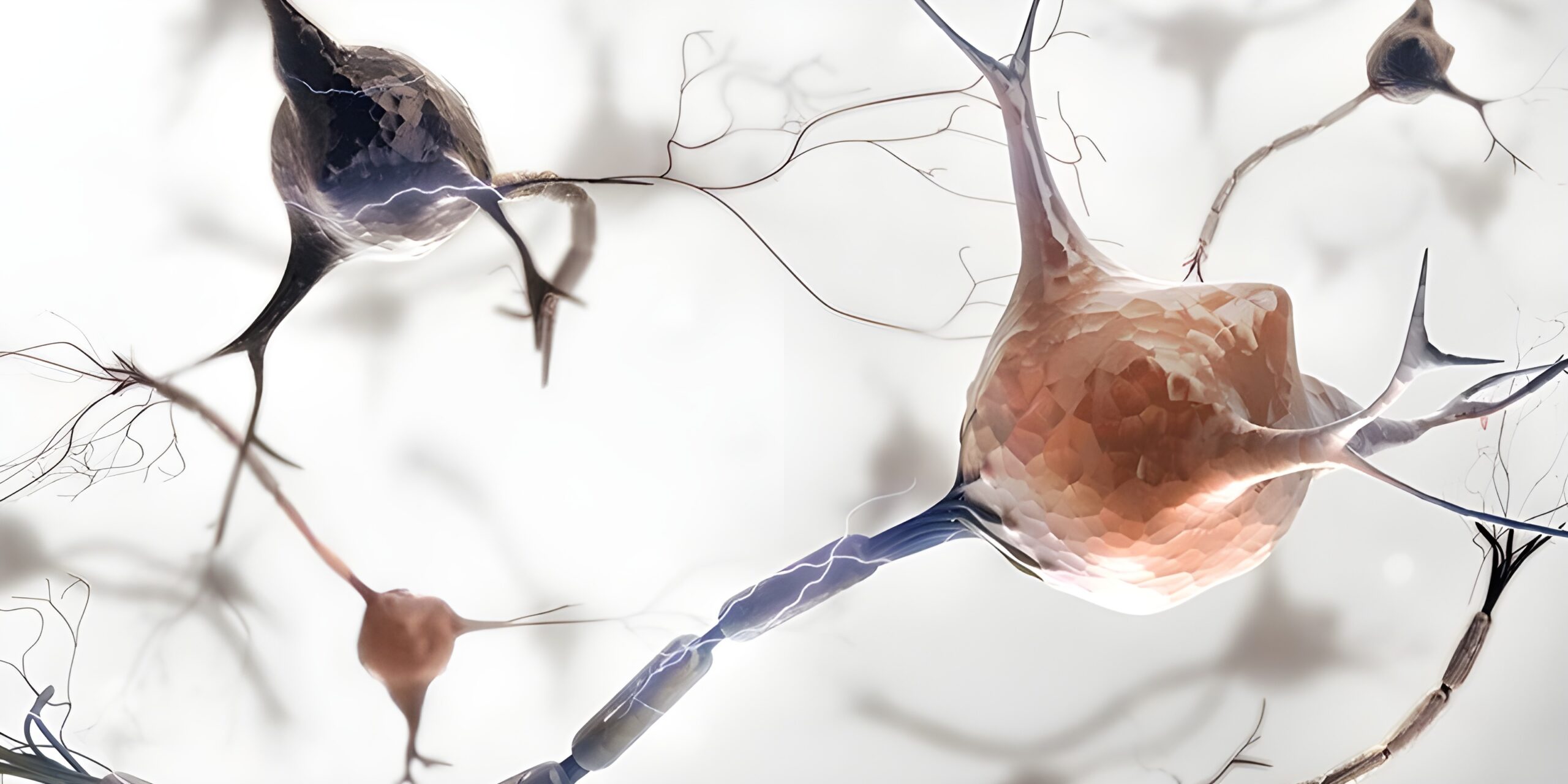A comprehensive analysis of the “Big 5” psychiatric disorders reveals for the first time which digital health technologies are truly ready for clinical practice.
The systematic review of 247 studies involving nearly 100,000 participants uncovers surprising discrepancies between laboratory successes and real-world applications.
The sobering reality of MRI studies
While machine learning algorithms achieve accuracies of up to 99% in controlled trials, large-scale neuroimaging studies tell a different story. The most extensive MRI study to date, by Winter et al., involving 1,801 participants, achieved only 48–62% accuracy despite multimodal integration of structural, functional, and diffusion MRI data. This highlights the gap between technological potential and practical feasibility in imaging-based approaches.
ADHD as a frontrunner
ADHD emerges as the psychiatric disorder with the highest level of implementation readiness. Advanced EEG systems combine spectral analysis, event-related potentials, connectivity patterns, individual alpha peak frequency, as well as arousal and vigilance parameters into a comprehensive neurophysiological assessment. These systems leverage gender- and age-specific normative databases for individualized comparison, achieving 90–99% accuracy through multi-domain analysis compared to 68% for the basic NEBA system.
Comparison with extensive patient databases enables precise ADHD subtyping and personalized treatment recommendations based on neurobiological profiles. For clinics treating 800 patients annually, this translates into €2.9 million in savings with a return on investment exceeding 9,000%.
Digital biomarkers as game changers
Across disorders, digital biomarkers show the greatest scaling potential. Smartphone-based systems achieve 97.5% accuracy for anxiety disorders, 76% for depression, and 75% for bipolar disorder—substantially outperforming the clinical standard of 54%. These technologies are cost-efficient to implement, with cost-effectiveness ratios of €18,000–35,000 per quality-adjusted life year (QALY).
Inflammatory markers on the verge of breakthrough
Inflammatory biomarker panels show particularly promising results. In schizophrenia, interleukin-6 demonstrates consistent findings in over 30 studies with an effect size of 0.62. For bipolar disorder, TNF-α and hsCRP enable precise phase tracking. In depression, BDNF testing has established itself in more than 50 meta-analyses as a reliable tool for treatment monitoring.
The cost reality
Health economic analysis reveals clear winners and losers. Advanced EEG systems are dominantly cost-effective, even saving money while improving treatment outcomes (–€24,033 per QALY). Digital biomarkers for anxiety disorders (€18,000–35,000 per QALY) and pharmacogenetics for depression (€25,000–35,000 per QALY) are likewise highly cost-effective. In contrast, neuroimaging approaches (€80,000–150,000 per QALY) are too expensive, and complex AI systems without clinical validation can exceed €100,000 per QALY.
A five-year projection estimates a total investment of €16.2 billion across all “Big 5” disorders, potentially yielding €38.6 billion in savings—a 238% ROI. The average break-even point is 2.8 years.
Evidence is clear: personalized psychiatry is no longer on the horizon—it is already here.
With advanced EEG systems, digital biomarkers, and pharmacogenetics, we have at our disposal highly effective and cost-efficient tools. The coming years will reveal how quickly these groundbreaking technologies can deliver more precise diagnostics and individualized treatment to millions of patients.
Now it is up to regulators and health policymakers to pave the way for these evidence-based innovations through adapted reimbursement policies and approval pathways. At the same time, financially minded practice owners and clinic directors must use these compelling cost–benefit data as a basis for investment decisions and initiate pilot programs. The technology is ready—now the institutional framework must follow.
The full study analyzed major depression, anxiety disorders, bipolar disorder, ADHD, and schizophrenia—the “Big 5” psychiatric disorders, which together account for 85% of the global psychiatric disease burden.
If you want, I can also prepare a condensed “executive summary” version in English so it’s ready for slides or press releases. That would make it much easier to present the findings to non-specialist audiences.
